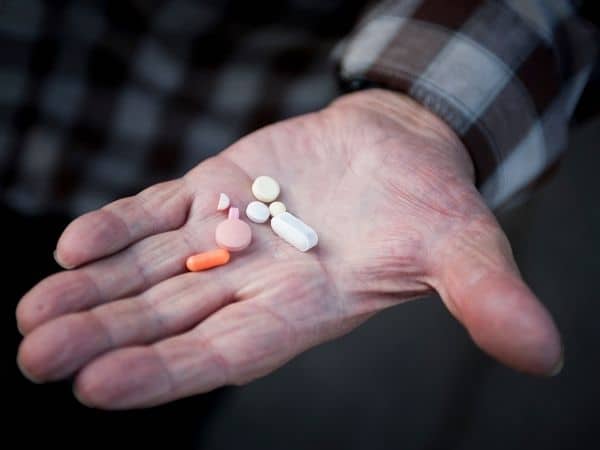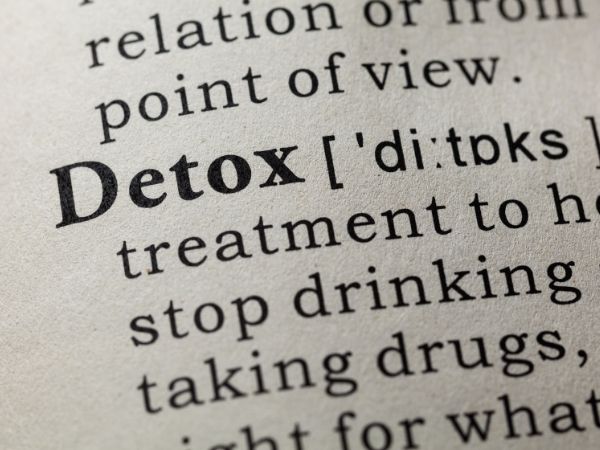Opiates derive from the poppy plant and are often prescribed to ease the pain. When used correctly and under medical supervision, opiates provide medicinal benefits. However, between 21% and 29% of patients that are prescribed opiates misuse them. In addition, research suggests close to 4,000 people misuse opioids obtained through illegal methods and by people who do not have legitimate medical problems. Opiate misuse is an epidemic in America. One reason may be because it doesn’t take long to progress from substance use to substance use disorder.
Tolerance to the drug builds quickly, and after a week or two of taking it, you may need more of the drug to produce the same effects you felt when you first used it. Also, your body can become dependent on opiates quickly. When you stop taking opiates, your body starts the detoxification process of eliminating the substance from your system. Over the next week or longer, opiate detox produces withdrawal symptoms that affect the entire body, including the brain, heart, and stomach.
Opiate Detox and the Brain
Opiate use changes your brain’s chemistry by flooding the brain’s reward center by releasing dopamine, a neurotransmitter. The release of dopamine makes you feel pleasure and euphoria at a much higher level than what the brain can produce on its own. When opiates start to leave the body, dopamine levels drop, creating negative brain and body responses. These are negative responses or withdrawal symptoms. For some, they can be severe, making it too hard to stop using opiates. Thus, avoiding withdrawal symptoms also becomes the main reason to continue using opiates, even though they are dangerous for the heart.
Opiate Detox Treatment and the Heart
Opiates create hypotension or low blood pressure and bradycardia, which is a very slow heart rate. For some, the heartbeat is below 60 beats per minute. You might also experience flushing and syncope, or fainting, and temporarily losing consciousness.

Quitting opiates is always a good thing. However, withdrawal or detox can affect the heart. Blood pressure and heart rate can rise quickly and unpredictably to dangerous levels. Stress cardiomyopathy, or heart dysfunctions caused by stress, can lead to a heart attack. Less severe, but still disabling, are the detox symptoms related to the digestive system.
Opiate Detox and the Stomach
Withdrawing from opiates affects the stomach, bowels, and digestive tract. You may experience any or all of the following:
— Diarrhea
— Vomiting
— Nausea
— Stomach pain
— Muscle spasms or cramps
— Loss of appetite
— Narcotic bowel syndrome reversal
Narcotic bowel syndrome occurs within weeks of taking opiates and involves constipation, abdominal pain, and gastrointestinal discomfort. When you stop using opiates, opposite symptoms may appear that are intense and uncontrollable. However, the symptoms are temporary and can be treated with over-the-counter medicines or those prescribed by a physician.

Physical ailments may be accompanied by mental health symptoms during opiate detox.
Opiate Detox and Mental Health
As mentioned before, when you begin to detox from opiates, neurotransmitters in the brain drop below normal levels. Because the brain is reliant on opiates to produce chemicals, including the “feel good” chemicals like dopamine and serotonin, this sudden drop can create mental health detox symptoms. Examples include:
— Generalized anxiety
— Panic
— Depression
— Severe mood swings
— Sleep disturbances
— Intense cravings
— Agitation
— Irritability
— Restlessness
— Trouble concentrating
— Memory problems
There may still be even more general symptoms that make detoxing from opiates extremely challenging.
Opiate Detox and General Symptoms
Opiate detox symptoms (and their severity) are based on many factors, including gender, age, weight, the length of time you used, and the amount you use. Even with general symptoms, you may experience:
— Fever
— Chills
— Sweats
— Sneezing
— Coughing
— Runny nose/sniffles
— Watery eyes
— Dilated pupils
— Goosebumps
— Aches and pains in the joints or bones
— Muscle twitches
Opiate detox lasts an average of five to seven days. However, mild symptoms can continue for weeks in what is called post-acute withdrawal symptoms (PAWS).

It’s not all bad news, however. There are ways to make opiate detox easier, with fewer cravings and much less physical discomfort, with medication.
Medication for Opiate Detox
The best way to detox from opiates is by entering a detox treatment facility that offers medication-assisted services combined with behavioral therapy. Medications typically used in detox include methadone and buprenorphine. Research shows these drugs effectively treat opioid use disorders, including withdrawal symptoms during detox. Further, they increase the amount of time someone participates in the recovery treatment process. The more treatment someone receives, the higher the chances they have of preventing a relapse.
Two of the most commonly used opiate substitute medications include methadone and buprenorphine.

Methadone is a synthetic opioid given in small, controlled doses. It is used to treat the unpleasant withdrawal symptoms you might experience during detox. When you don’t have to worry about feeling sick, you can have a clear mind and focus on building recovery and relapse prevention skills through behavioral therapies. Buprenorphine is also a synthetic opioid, but it works differently than Methadone. It blocks the effects of opiates while also eliminating cravings and physical discomfort associated with opiate detox.
Methadone and buprenorphine are not the only medicines used to treat opiate detox. Other medicines include clonidine and benzodiazepines. In addition, there may be times when you experience withdrawal symptoms despite taking methadone or buprenorphine. Anxiety, high blood pressure, depression, headaches, and sleep disturbances are a few examples. When this happens, the medical staff at the detox center can prescribe specific medicines to treat those symptoms individually. For example, anxiety and blood pressure can be treated with clonidine. Sleep disturbances can be treated with prescription sleep medications.
Once opiates are detoxed from your system, you will notice positive health improvements.
What Happens After Opiate Detox?
Once you complete opiate detox, your body will continue to heal. Your brain chemistry will rebalance, and you will notice improvements in your mood, hormonal balancing, immune system, and organ functioning. You may also experience:
— Improved skin texture and color, or a reduction in skin conditions
— Reduction in digestive problems
— Improved respiratory function
— Improved memory and concentration
— Regulated emotions
— Increase in energy
— Improved thinking
— Increased self-esteem
You deserve to experience the health benefits of detox without all the negative withdrawal symptoms. We also provide a safe, confidential environment geared to helping you detox from opiates.

At Buena Vista Health and Recovery Centers, you can receive medication assistance from our top doctors and medical staff. You can expect peace and comfort in our beautiful Arizona location. We are ready to help you get started on a journey towards good health. Give us a call or visit us at our locations.
CAVE CREEK
(623) 323-1970
29858 N. Tatum Blvd.
Cave Creek, AZ 85331
CHANDLER
(480) 680-0606
3033 South Arizona Avenue
Chandler, Arizona 85248
TUCSON
(520) 436-7860
5151 East Pima Road
Tucson, Arizona 85712
SCOTTSDALE
(623) 323-7986
8171 E Indian Bend Rd
Scottsdale, AZ 85250





